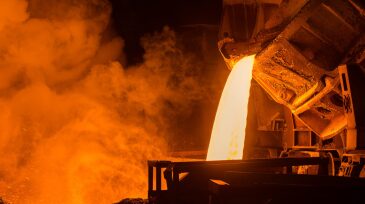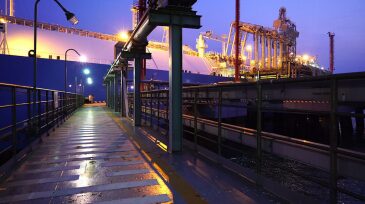tariffs
-
Even as industry faces policy and tariff uncertainty, companies view spending on digital transformation as a driver of efficiency.
-
Shale’s slowdown leaves room for OPEC+ gains as tensions rise between the US and India over Russian oil imports.
-
Tight oil and gas producers in the US are pulling back faster than expected as oil prices stagnate and produced water management constraints grow.
-
The EIA issued a new forecast for US oil production as a result of US President Donald Trump’s recently announced tariffs.
-
A 25% tariff on steel imported into the US has some US oil and gas companies nervous about future spending plans.
-
The unseasonably warm weather in the northern hemisphere and the rise of the global supply levels has resulted in record-low LNG prices. Adding to that, the coronavirus epidemic in China has reduced business and industrial activity, with January’s LNG imports dropping by about 10% year on year.
-
In a filing with the US FERC, Plains All American Pipeline said it would begin charging shippers an additional fee on its Cactus II pipeline to offset higher construction costs incurred in the wake of US steel tariffs.
-
Louisiana state granted a tax incentive to LNG Ltd. for its Magnolia project in Lake Charles. Although a beneficial development, it’s a drop in the bucket in the company’s progress toward FID.
-
The decision may alleviate some of the pressures oil and gas producers faced in the wake of their imposition last year. Canada and Mexico made up a combined 20% of US imports of oil country tubular goods in 2017.
-
The escalation of the trade war between the US and China could jeopardize several LNG megaprojects that are awaiting final approval.
Page 1 of 2









